This article was posted by CrystalWind.ca.
Of Myth and Magic: AI, Art and the Shaman
- Details
- Written by Lisa Iris
- Views: 3646
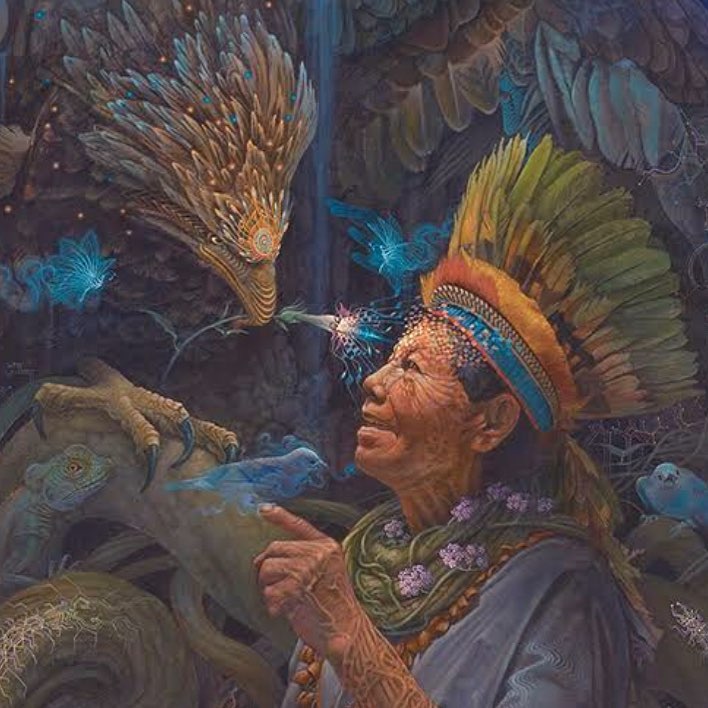
Like immortal myth, AI is here to stay, like an ET landing on a primitive planet, changing everything forever.
“A.I.” first arrived by name, as a film in 2001. Over the years, it grew in our awareness, like an entity massing in The Cloud. AI made Hollywood news again, this time as a threat to actors’ and writers’ careers.
AI’s objective, to generate any and all source material (including digitally replicated persons), begs the question: is this the end for performers, writers, artists, illustrators, photographers, composers, and musicians?
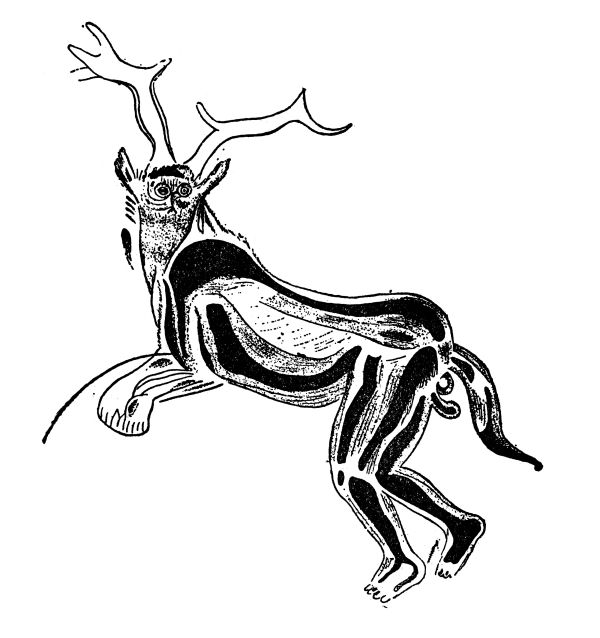
“Cave of Forgotten Dreams”
For the arts and entertainment, AI is a fierce quantum leap. Unprecedented streams of innovative content can be generated for near-instant consumption. The negative side is simulation and manipulation controlled by vested interests, created without our involvement and imposed without our consent. Status quo, but chilling in the context of troubling trends, such as iPhone addiction and Neuralink experimentation.
We’re reluctant to embrace AI as the arts’ future. The instinct to “Stay Human” is a shared frequency that rises from the earth, like a heartbeat entrained with an ancient drum. We’re called backwards in time to a subterranean world, where a vision emerges, of Human and Elemental combined. Behold the Original Artist - the Shaman – who mediates between worlds and dances with the gods.
Breath of the Gods
Returning to Hollywood, the MGM Studios’ roaring lion is now replaced by CGI, yet this opening credit retains a Greek mask, recalling how theatre evolved from ancient rituals. Art was considered a side-effect of possession by the gods. Dionysus, deity of altered states, was the patron of performance. Inspiration was The Muses’ gift. Inspired or “Theopneustos” meant “god-breathing.” Latin’s “Inspiratus” was “to breathe into” or “the influence of a divine entity on a person.” Under these and other influences, gods were impersonated through masks, storytelling, music and movement.
This shift in consciousness preceded the Greeks; it also extended from Africa to Alaska, and was also evinced by masks in Palestine, the Americas, Canada, Russia, Australia, China, the Himalayas, Japan and Polynesia. This practice, shared by separate groups without mutual contact, defies co-incidence and defines what is human. The Shaman, as conduit of the gods, was a global phenomenon going back 40,000 years – with traditions so powerful as to withstand colonialism, for many indigenous groups.
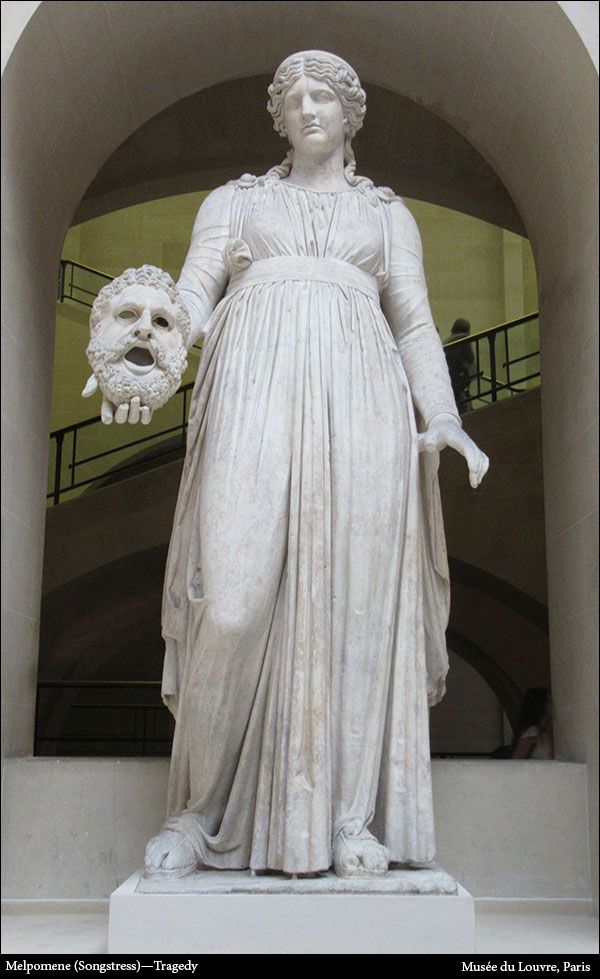
A Space Between Worlds
“Theatron” in Greek means “a place for seeing.” The need to create a dedicated space dates back 178,000 years as a circle of broken stalagmites in Bruniquel, France. (A great undertaking, as these stalagmites, in total, weigh over 2 tons.) If this circle was a theatre of rites, this could reframe “a place for seeing” as oracular, as in “Seer.”
Caves for ritual (separate from living spaces) displayed stenciled hand prints, painted symbols and animals. Mythologist Joseph Campbell described Lascaux caves’ animals (S.W. France) as “envoys of the unseen power.” Here, over 900 animals traverse ceilings and walls, conjured by mineral pigments, charred wood and bone.
In N. Spain, the abstract qualities of Altamira Cave moved Picasso to observe, “In 15,000 years, we have invented nothing.” Paleolithic art is energized by an awareness of life-force, as a spiritual transaction between hunter and prey. Were these paintings a supplication for a successful hunt, or a tribute to animals and events, eternalized in a womb-like space between birth and death? Did tribal members emerge from these caves reborn, empowered to survive?
The Shaman embodied this communion, as the Lion/Bearman carving (Hohlenstein-Stadel Cave, Germany), the Birdman (Lascaux Caves), the Shaman/dancing stag (Cave of Trois-Freres, S.W. France), the “bee-faced mushroom shaman” (Tassili Cave, Algeria), and the antlered man (Gundestrup cauldron), to cite a few examples. (These artworks range from 40,000 to 250 BCE.)
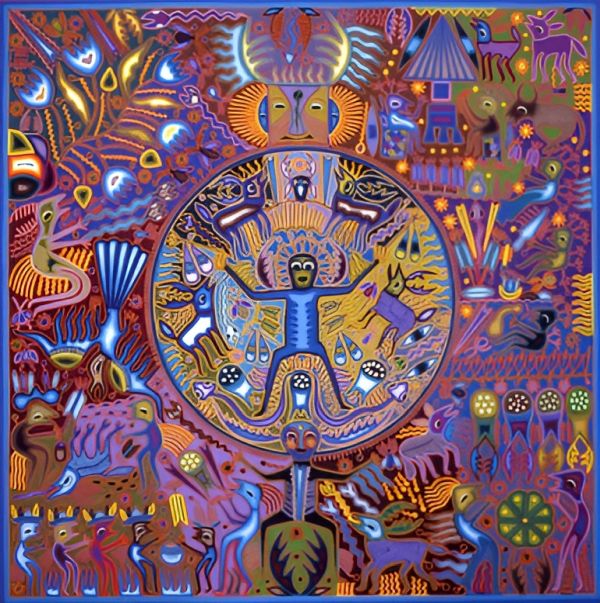
Dissolving Boundaries: Altered States and Special Effects
How did Shamans activate tribal vision? In “Food of the Gods: The Search for the Original Tree of Knowledge” (1992), ethnobotanist Terence McKenna examined psychoactive plants and the origins of shamanism, positing that psilocybin mushrooms in human diet accelerated cognitive ability, language and social cohesion. These traditions continue today as Shaman-led peyote and ayahuasca ceremonies.
The journal “Time and Mind” (2021) speculates that hypoxia, or lack of oxygen in caves, further increased by use of torches, released dopamine inducing altered states, which were utilized for cave art and initiation rites.
Wall paintings in Chauvet Cave (S. France) depict bison with extra legs, and rhinos’ horns with action lines, indicating motion. Werner Herzog, Director of the documentary “Cave of Forgotten Dreams” (2010), mused how flickering shadows, cast by torches on undulating surfaces, could have animated these paintings. (It’s one small step from Chauvet Cave to the Zoetrope - a toy invented in 1865, and a forerunner of the cinema – where images of horses appear to gallop within a spinning wheel. Our desire to capture life in motion remains unchanged over millennia.)
These influences weren’t “Artificial,” but were naturally derived. The “waking-dream” induced by psychoactive plants liberated perception, providing a glimpse into reality’s substructure. Art by today’s indigenous Huichol (Sierra Madre, Mexico) and Shipibo (Upper Amazon, Peru) depicts the entities and geometries that underlie appearances.
Was shamanic art created for the joy of it? For lives that were brief and filled with hardship, art was transcendence: the power and freedom to externalize emotion, to leave records, and to be part of something greater than oneself. Art was the jubilant “I AM,” attested by walls of handprints, waving like flowers in fields of ochre and red (Cueva de las Manos, Argentina). Human nature is constant, as we too search for beauty, meaning and belonging.
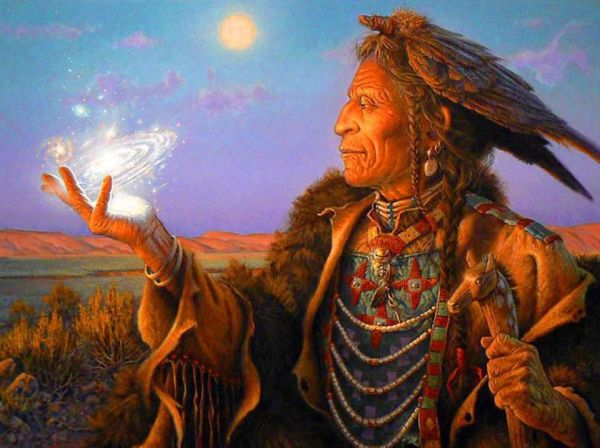
“The Imitation Game”
This was a test designed by Alan Turing (mathematician and computer scientist, 1912-1954), to measure a machine’s ability to exhibit behaviour indistinguishable from that of a human. (Some believe Turing’s idee fixe was to compensate for the death of a loved one - a fellow student - as Turing also pondered how the mind could exist without the body.)
The operative word remains “imitation.” The soul of art is empathy, and AI is only capable of cognitive empathy, being programed to retrieve appropriate responses stored in its database. The Chatbot’s mimicry of personality is entertaining, but the source of affinity and compassion remains a human mystery.
Yet, gorgeous intersections exist between AI and human art, including shamanic/psychedelic imagery. We marvel at the Las Vegas Sphere’s projections, with our ancestors’ awe, as both Sphere and cave are “cathedrals of inner space.” Like our ancestors, we gather in dark enclosures for an immersive, communal experience, to escape the mundane. The difference is, the Sphere is a highly engineered/controlled experience-as-product, in contrast to the Cave’s creations as biologic imperative: via emotion, the nervous system and the imprint of personality.
AI is a tool, hopefully subject to ongoing regulation. AI and human art can co-exist, as did the Industrial Revolution and the Arts and Crafts Movement, to challenge and enrich each other, but serving different purposes. Consider a Shamanic Revival, where hand-made objects are valued as magically charged, and events are rituals for transformation. The Burning Man festival comes to mind.
Whatever tools we use, including AI, the artist will represent experience, as long as we - as flawed, fallible and erratic human beings - reaffirm our value. The Shaman will never forsake us, as we are the Shaman.
About the Author:
This text is Copyright 2023 Lisa Iris. All Rights Reserved. Reprinted with written permission from Crystalwind.ca and Antonio DeLiberato, exclusive worldwide agents for Lisa Iris.
Lisa Iris is an artist and proprietress of MYTHOS Art and Counselling 289 High St., Fort Erie, ON. Her artwork is represented exclusively by crystalwind.ca and is featured in The Crystal Wind Oracle by Antonio DeLiberato.
Lisa enjoys opening her home to kindred spirits for conversation and for making magic happen.
Get The Crystal Wind Oracle Here!
© 2023 crystalwind.ca. All rights reserved. Unauthorized copy or posting on other websites is prohibited. We track all IP addresses with sniffer technology. Using a Proxy/VPN will not hide your IP address.
© CrystalWind.ca 2024. All content (articles, imagery, fair use) & design protected. Written permission required for copying. All rights reserved.
Join the Conversation Now! Comment Below! ![]()
Spirit Animal Totem Of The Day!
Crystal Of The Day!
Latest Articles
CrystalWind.ca is free to use because of
donations from people like you.
Donate Now »

Unlock Your Light: Join Lightworkers Worldwide on CrystalWind.ca!
Follow Us!
Who is Online Now
We have 23987 guests and no members online
Featured This Month
The Crystal Wind Oracle Card Deck
The Crystal Wind Oracle™ The Crystal Wind Oracle Myth & Magic Card D... Read more
Bright Beltane Blessings!
The wheel turns to Beltane, also known as Mayday, marking the beginning of S... Read more
Sun in Taurus
Sun in Taurus April 21 through May 21 An Overview of Sun Sign Characteristi... Read more
Taurus Mythology
The Taurus Myth The Taurus myth is most often interpreted as the story of Z... Read more
The Seven Chakras and their Meanings
If you could imagine chakras as circles of energy, flowing all the way throu... Read more
Frogs Return Moon
Beaver – Chrysocolla - Blue Camas – Blue April 20 – May 20 The Frogs Retur... Read more
The Time of No Time: Beltane!
Around the medicine wheel of life we go, from season to season (solstice to ... Read more
Cartomancy - Fortune Telling Using Playing C…
Cartomancy is the act of divining using cards. Divining means to find out by... Read more









































